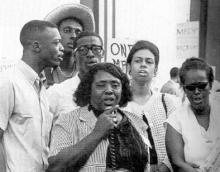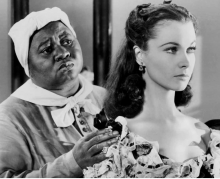Silence in Eva's Man
By The UnknownDecember 4, 2015 - 16:53

Gayl Jones places Eva in Eva’s Man in a dysfunctional family, demonstrating how the chilling experiences of sexual abuse Eva struggles with and witnesses around her, frames and influences her later relationships and interactions with men. Jones’ centers an African American womyn's exploration of her fullest and most complex definition of herself in a society that marginalizes and silences her identity and in a culture that devalues her race and gender. Jones addresses how femelle hysteria and irrationality is constructed in the first few sentient encounters a womyn has with the sexist, unjust, and repressive society and specific communities she lives in.









